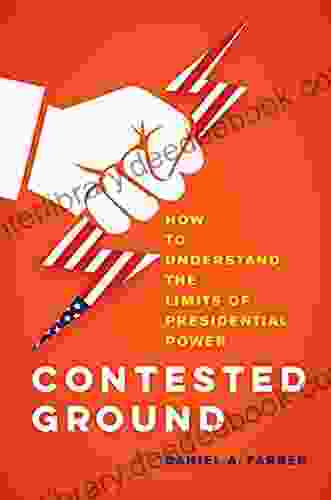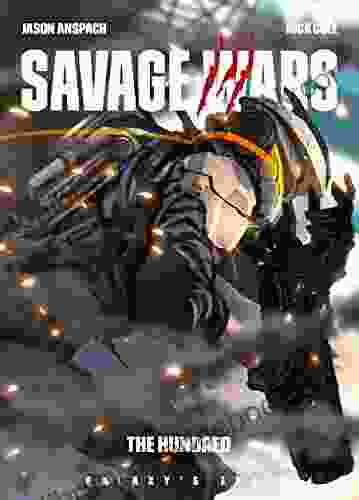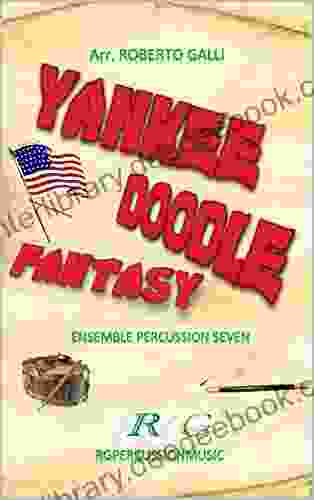Unveiling the Boundaries: A Comprehensive Guide to Understanding the Limits of Presidential Power

The office of the United States President is a formidable one, imbued with immense power and influence. However, this authority is not absolute; it is carefully circumscribed by a complex system of checks and balances designed to prevent any one individual from wielding excessive control.
Constitutional Constraints
The Constitution, the bedrock of American government, establishes the fundamental limitations on presidential power. Article II, Section 1 defines the executive branch and outlines the powers of the President.
5 out of 5
| Language | : | English |
| File size | : | 599 KB |
| Text-to-Speech | : | Enabled |
| Screen Reader | : | Supported |
| Enhanced typesetting | : | Enabled |
| Word Wise | : | Enabled |
| Print length | : | 280 pages |
| Lending | : | Enabled |
Powers Granted by the Constitution
- Executive Power: The President is responsible for executing and enforcing the laws passed by Congress.
- Commander-in-Chief: The President oversees the armed forces of the nation.
- Chief Diplomat: The President represents the United States in international affairs and appoints ambassadors.
- Veto Power: The President can reject bills passed by Congress, which can only be overridden by a two-thirds majority vote.
- Pardoning Power: The President has the authority to grant pardons for federal crimes, except in cases of impeachment.
Limitations Imposed by the Constitution
- Legislative Constraints: Congress can pass laws that limit the President's authority, including restrictions on executive actions.
- Judicial Review: The Supreme Court has the power to declare presidential actions unconstitutional.
- Impeachment: The House of Representatives can impeach the President for "treason, bribery, or other high crimes and misdemeanors," which can lead to removal from office by the Senate.
Political Norms and Practices
Beyond the explicit constitutional constraints, there are also a number of political norms and practices that further limit presidential power.
- Two-Term Limit: The 22nd Amendment limits the President to two terms in office.
- Cabinet Advice: The President is advised by a cabinet of department heads, whose opinions can influence presidential decisions.
- Media Scrutiny: The constant scrutiny of the media can hold the President accountable for their actions.
- Public Opinion: The President's approval ratings and public support can impact their ability to effectively govern.
Checks and Balances in Action
The system of checks and balances ensures that no one branch of government becomes too powerful. Here are some examples of how these checks have operated in practice:
- Congress's Power of the Purse: Congress controls the federal budget, giving it significant leverage over the President's policy agenda.
- Supreme Court's Decision in Marbury v. Madison: This landmark case established the principle of judicial review, limiting the President's ability to act outside the bounds of the Constitution.
- Impeachment of Richard Nixon: The Watergate scandal led to the impeachment and resignation of President Nixon, demonstrating the power of Congress to hold the President accountable for wrongng.
Balancing Power and Accountability
The system of checks and balances is essential for maintaining a balance between presidential power and accountability. It prevents any one individual from becoming too powerful while ensuring that the government remains effective and accountable to the people.
However, these limits are not absolute, and the interpretation and application of constitutional constraints have evolved over time. Presidents have sought to expand their authority through executive orders and other means, while the courts and Congress have worked to maintain a balance of power.
Understanding the limits of presidential power is crucial for a well-functioning democracy. The system of checks and balances, enshrined in the Constitution and reinforced by political norms, ensures that the President's authority is constrained and that the government remains accountable to the people.
As the nation faces new challenges and the role of the President continues to evolve, it is essential to uphold these limits and ensure that the balance of power remains in place.
5 out of 5
| Language | : | English |
| File size | : | 599 KB |
| Text-to-Speech | : | Enabled |
| Screen Reader | : | Supported |
| Enhanced typesetting | : | Enabled |
| Word Wise | : | Enabled |
| Print length | : | 280 pages |
| Lending | : | Enabled |
Do you want to contribute by writing guest posts on this blog?
Please contact us and send us a resume of previous articles that you have written.
 Book
Book Novel
Novel Page
Page Text
Text Story
Story Genre
Genre Newspaper
Newspaper Bookmark
Bookmark Bibliography
Bibliography Foreword
Foreword Preface
Preface Synopsis
Synopsis Footnote
Footnote Bestseller
Bestseller Library card
Library card Biography
Biography Encyclopedia
Encyclopedia Thesaurus
Thesaurus Narrator
Narrator Character
Character Librarian
Librarian Catalog
Catalog Card Catalog
Card Catalog Borrowing
Borrowing Archives
Archives Periodicals
Periodicals Study
Study Research
Research Scholarly
Scholarly Lending
Lending Academic
Academic Journals
Journals Reading Room
Reading Room Interlibrary
Interlibrary Study Group
Study Group Thesis
Thesis Dissertation
Dissertation Storytelling
Storytelling Reading List
Reading List Textbooks
Textbooks Vladimir Yakunin
Vladimir Yakunin Rachel Wilkerson Miller
Rachel Wilkerson Miller Silvia Moreno Garcia
Silvia Moreno Garcia Joseph Cassara
Joseph Cassara Carlos Prieto
Carlos Prieto Darren Shan
Darren Shan A W Hart
A W Hart Alan Ayckbourn
Alan Ayckbourn B E Baker
B E Baker Jerry A Mccoy
Jerry A Mccoy B Jane Turnquest
B Jane Turnquest A C Drexel
A C Drexel Dan K Utley
Dan K Utley Javon Bates
Javon Bates Eve Silver
Eve Silver Jamie Woodcock
Jamie Woodcock Elle Thorpe
Elle Thorpe Diana Lemberg
Diana Lemberg Trini Deyarmin
Trini Deyarmin Karl Capita
Karl Capita
Light bulbAdvertise smarter! Our strategic ad space ensures maximum exposure. Reserve your spot today!
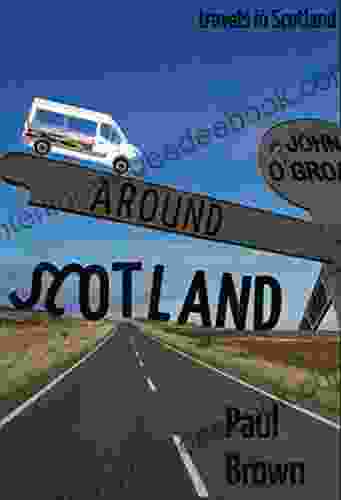
 Shane BlairAround Scotland: A Scottish Travelogue Filled with Enchanting Adventures and...
Shane BlairAround Scotland: A Scottish Travelogue Filled with Enchanting Adventures and...
 Jermaine PowellPlanesrunner Everness: A Journey Through Parallel Worlds and the Power of...
Jermaine PowellPlanesrunner Everness: A Journey Through Parallel Worlds and the Power of... Felix HayesFollow ·15.1k
Felix HayesFollow ·15.1k Edgar HayesFollow ·15.5k
Edgar HayesFollow ·15.5k Jason HayesFollow ·3.1k
Jason HayesFollow ·3.1k Manuel ButlerFollow ·16.1k
Manuel ButlerFollow ·16.1k Shaun NelsonFollow ·9.8k
Shaun NelsonFollow ·9.8k Edgar Allan PoeFollow ·5.6k
Edgar Allan PoeFollow ·5.6k Melvin BlairFollow ·15.2k
Melvin BlairFollow ·15.2k Levi PowellFollow ·15k
Levi PowellFollow ·15k
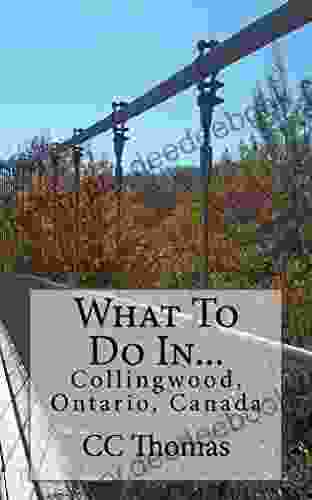
 Bo Cox
Bo CoxDiscover the Enchanting Allure of Collingwood, Ontario,...
Nestled amidst the breathtaking landscape of...
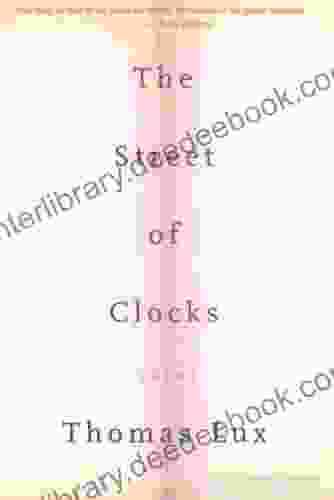
 Ralph Ellison
Ralph EllisonThe Street of Clocks Poems: A Poetic Journey Through Time
Welcome to The Street...
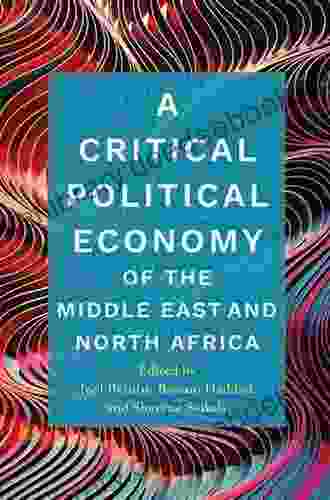
 Dwight Blair
Dwight BlairCritical Political Economy of the Middle East and North...
The Middle East and...

 Deion Simmons
Deion SimmonsPerfect Strategies For Painting Amazing Marine Creatures...
Gouache is a...
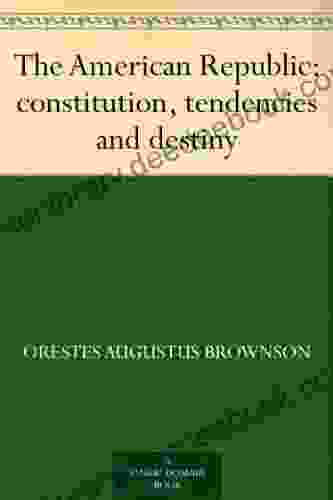
 Hugh Bell
Hugh BellThe American Republic: Constitution, Tendencies, and...
The American Republic,...
5 out of 5
| Language | : | English |
| File size | : | 599 KB |
| Text-to-Speech | : | Enabled |
| Screen Reader | : | Supported |
| Enhanced typesetting | : | Enabled |
| Word Wise | : | Enabled |
| Print length | : | 280 pages |
| Lending | : | Enabled |


